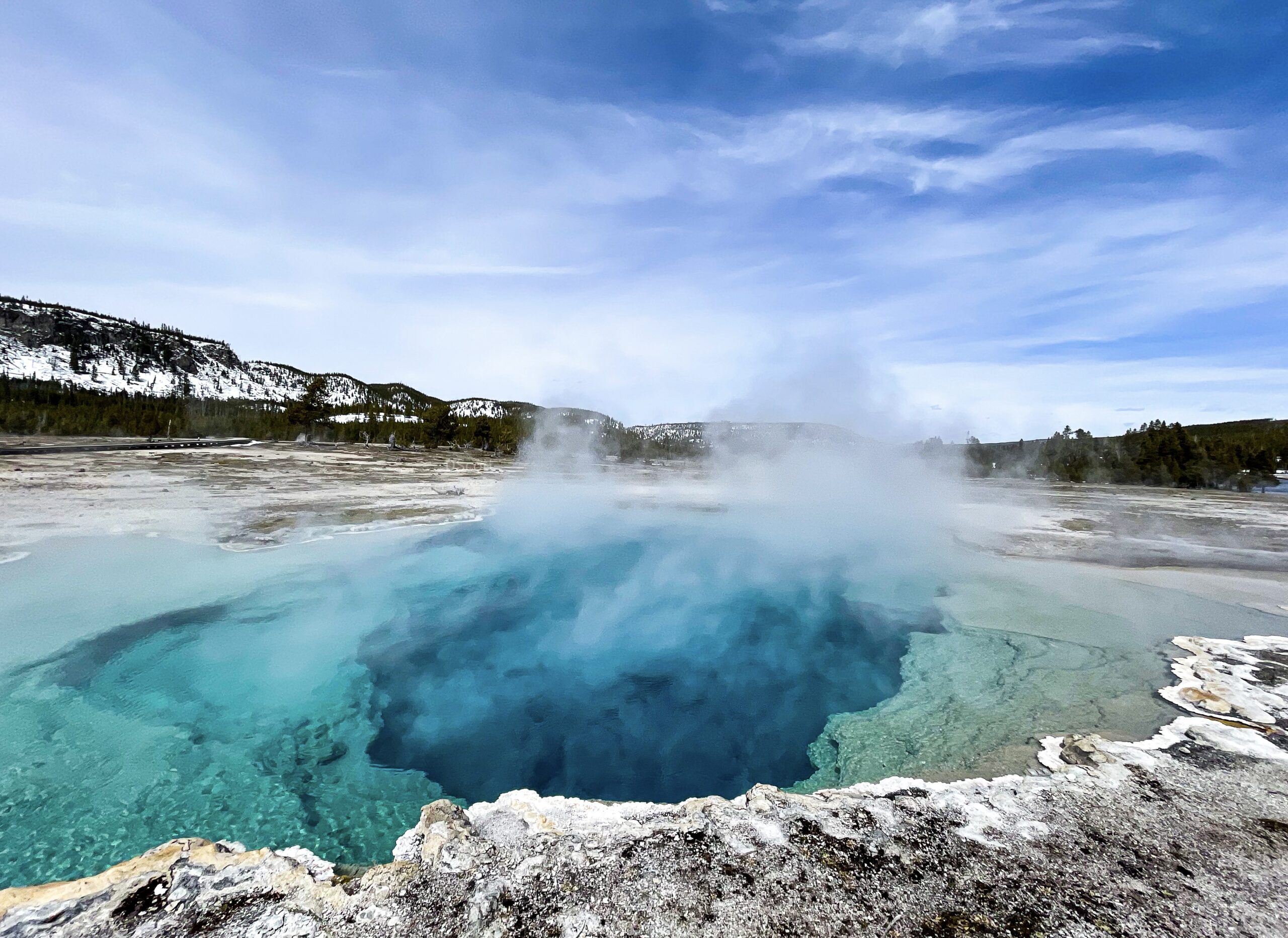The world knows Crater Lake National Park for many reasons. From the stunning views around the crater rim, to the geological wonder that this old volcano has become, North America’s second deepest lake is loved by all who see it. Created as a National Park on May 22nd, 1902, Crater Lake has seen millions of awe-struck visitors to the southern Oregon destination. For all but a few, the trips to Crater Lake have been either above or on the water. Now, thanks to the United States Geological Survey, you can finally see what the bottom of the world’s seventh deepest lake looks like, all 1,943 feet! 
According to the USGS,
Prior to the climactic event, Mount Mazama had a 400,000 year history of cone building activity like that of other Cascade volcanoes such as Mount Shasta. Since the climactic eruption, there have been several less violent, smaller postcaldera eruptions within the caldera itself. However, relatively little was known about the specifics of these eruptions because their products were obscured beneath Crater Lake’s surface. As the Crater Lake region is still potentially volcanically active, understanding past eruptive events is important to understanding future eruptions, which could threaten facilities and people at Crater Lake National Park and the major transportation corridor east of the Cascades.
Recently, the lake bottom was mapped with a high-resolution multibeam echo sounder. The new bathymetric survey provides a 2m/pixel view of the lake floor from its deepest basins virtually to the shoreline. Using Geographic Information Systems (GIS) applications, the bathymetry data can be visualized and analyzed to shed light on the geology, geomorphology, and geologic history of Crater Lake.
As many of you know, I recently fell in love with Crater Lake National Park, and highly encourage everyone to go and experience Oregon’s only National Park. There are thousands of reasons to visit this geological and natural wonder of the world, and I picked my top 10.
Download your own copy of this map: http://pubs.usgs.gov/imap/2790/pdf/i2790.pdf



